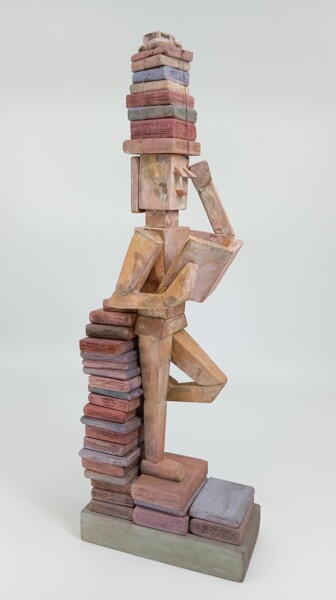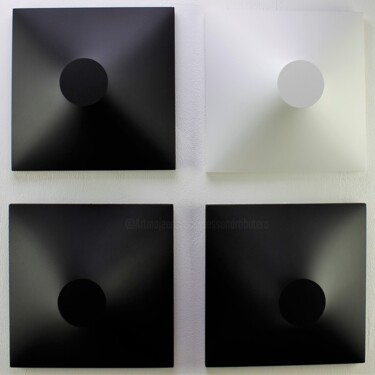
633 Original Contemporary Sculptures For Sale:
Discover contemporary Minimalism Sculptures on ArtMajeur
Contemporary Minimalism Sculptures are a form of original artwork that emphasizes simplicity and the use of minimal elements. These sculptures are characterized by their clean lines, geometric shapes, and lack of intricate details. The main types of supports used for these sculptures include metal, wood, and stone, while the materials used include bronze, steel, and glass. What makes Minimalism Sculptures unique is their ability to convey a sense of purity and clarity through their minimalistic design. The focus is on the essence of the artwork, rather than on its ornamentation or decoration. These sculptures are designed to evoke emotion and provoke thought, inviting the viewer to contemplate their meaning and significance.

©2021 Alessandro Butera
Origins and History
Contemporary Minimalism Sculptures originated in the 1960s and 1970s as a reaction to the excesses of Abstract Expressionism. Sculptors like Donald Judd, Dan Flavin, and Carl Andre sought to create works that were stripped down to their essential forms, without any extraneous details or ornamentation. This was a response to the prevailing view that art had become too self-indulgent and focused on the personal expression of the artist rather than the object itself. The Minimalists sought to create works that were objective and impersonal, emphasizing the viewer’s experience of the work rather than its creator’s intention. This movement gained momentum in the 1980s and 1990s, and Minimalism continues to be an important influence on contemporary art today. Some important questions that arise in relation to Minimalism include, how can something be considered art if it is so simple? Is Minimalism simply a rejection of traditional aesthetics or is it a new form of aesthetic expression?
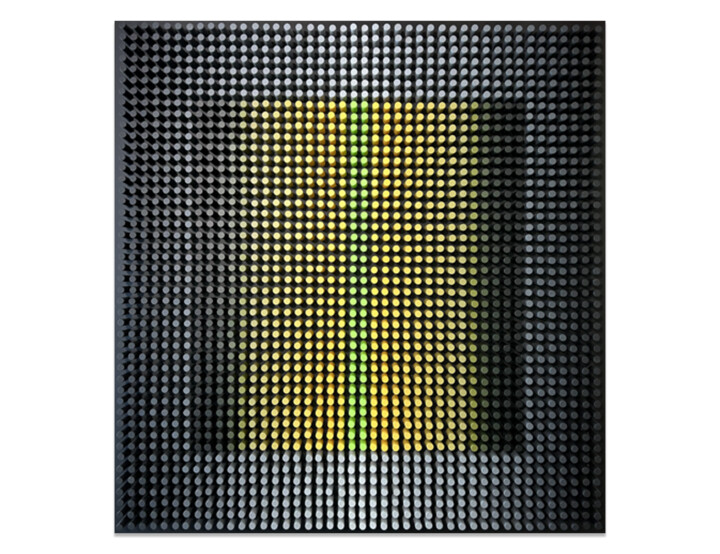
©2024 Nazar Symotiuk
Evolutions of theses works in the contemporary art market
The conceptual approach to contemporary Minimalism Sculptures has resulted in a diverse range of sculptural forms that challenge the viewer’s perception of space and form.
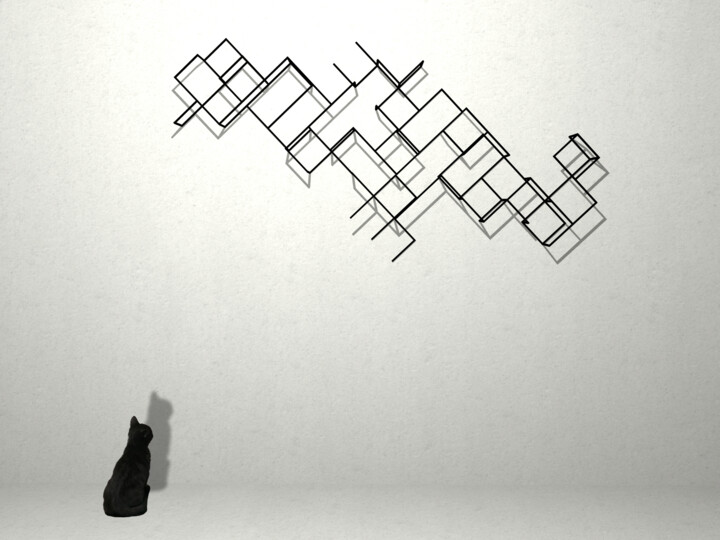
©2024 Anelo1997
Related Famous Artists
Contemporary Artists renowned for their contemporary Minimalism Sculptures include Dan Flavin, Donald Judd, and Richard Serra. Their works focus on the use of simple geometric forms, repetition, and industrial materials, exploring the relationship between the artwork, the space it occupies, and the viewer. The minimalist approach is characterized by the elimination of unnecessary elements, resulting in a reduction to the essence of form and material. These artists are known for creating large-scale, site-specific installations that challenge the traditional notions of sculpture and redefine the relationship between art and space. Their work has had a significant impact on contemporary art, inspiring new generations of artists to explore the possibilities of Minimalism Sculptures. Through their use of light, color, and space, these artists create powerful and immersive environments that invite the viewer to engage with the artwork on a visceral level. Their work continues to influence contemporary art, and their legacy is evident in the work of many artists today.
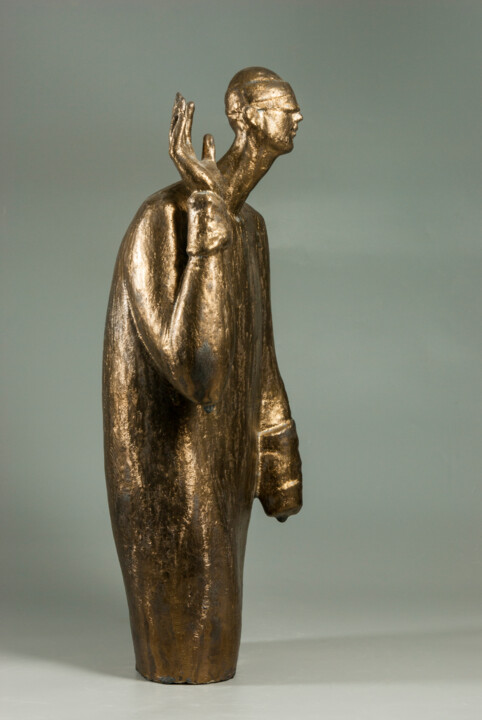
©2022 Nadiia Otriazha And Fedir Bushmanov
Notable contemporary Minimalism Sculptures
Contemporary Minimalism Sculptures have gained immense popularity in recent years. Here are some of the most well-known Artworks in this genre:
Untitled (1977-1978) by Donald Judd - This sculpture is made of stainless steel and is composed of three identical rectangular boxes. It is a classic example of Judd’s minimalist aesthetic, with its simple geometric shapes and clean lines.
One and Three Chairs (1965) by Joseph Kosuth - This conceptual artwork consists of a chair, a photograph of that chair, and a dictionary definition of the word "chair." It challenges the viewer’s perception of what constitutes a work of art and is a seminal piece of conceptual art.
Untitled (1977) by Dan Flavin - This sculpture is made of fluorescent light tubes arranged in a grid pattern on the wall. Flavin’s use of industrial materials and fluorescent light has become a hallmark of minimalist art.
Cube (1965) by Tony Smith - This sculpture is a large, black cube made of steel. Its simple, monolithic form is meant to evoke a sense of awe and contemplation in the viewer.
The Physical Impossibility of Death in the Mind of Someone Living (1991) by Damien Hirst - This controversial artwork consists of a dead shark preserved in formaldehyde in a glass tank. It challenges traditional notions of what is considered beautiful or worthy of artistic representation.
Untitled (1966) by Robert Morris - This sculpture is a large, rectangular sheet of steel bent into a U-shape. Its austere form and industrial materials are typical of Morris’s minimalist style.
Untitled (1971) by Carl Andre - This sculpture is composed of 120 firebricks arranged in a rectangular grid on the floor. Andre’s use of everyday materials and simple, repetitive forms has made him a leading figure in the minimalist movement.
These artworks demonstrate the power of Minimalism Sculptures to evoke a sense of contemplation and awe in the viewer, despite their simple forms and materials. They challenge traditional notions of what constitutes art and invite the viewer to question their own perceptions of beauty and meaning.


Nadiia Otriazha And Fedir Bushmanov
Sculpture - Ceramics | 23.2x9.8 in

Janos Karpati
Sculpture - Stone | 39.4x27.6 in

Julee Latimer
Sculpture - Acrylic | 32.7x11.8 in

José Manuel Solares
Sculpture - Wood | 11.8x3.5 in

Nazar Symotiuk
Sculpture - Acrylic | 39.4x78.7 in
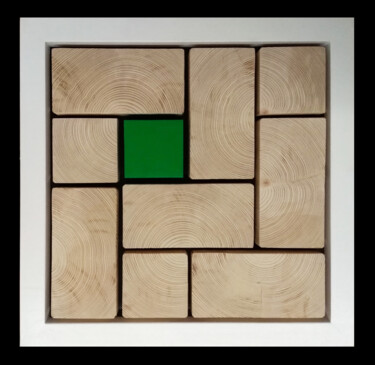
Davide Capriata
Sculpture - Wood | 15.8x15.8 in

José Manuel Solares
Sculpture - Wood | 11.8x4.3 in
